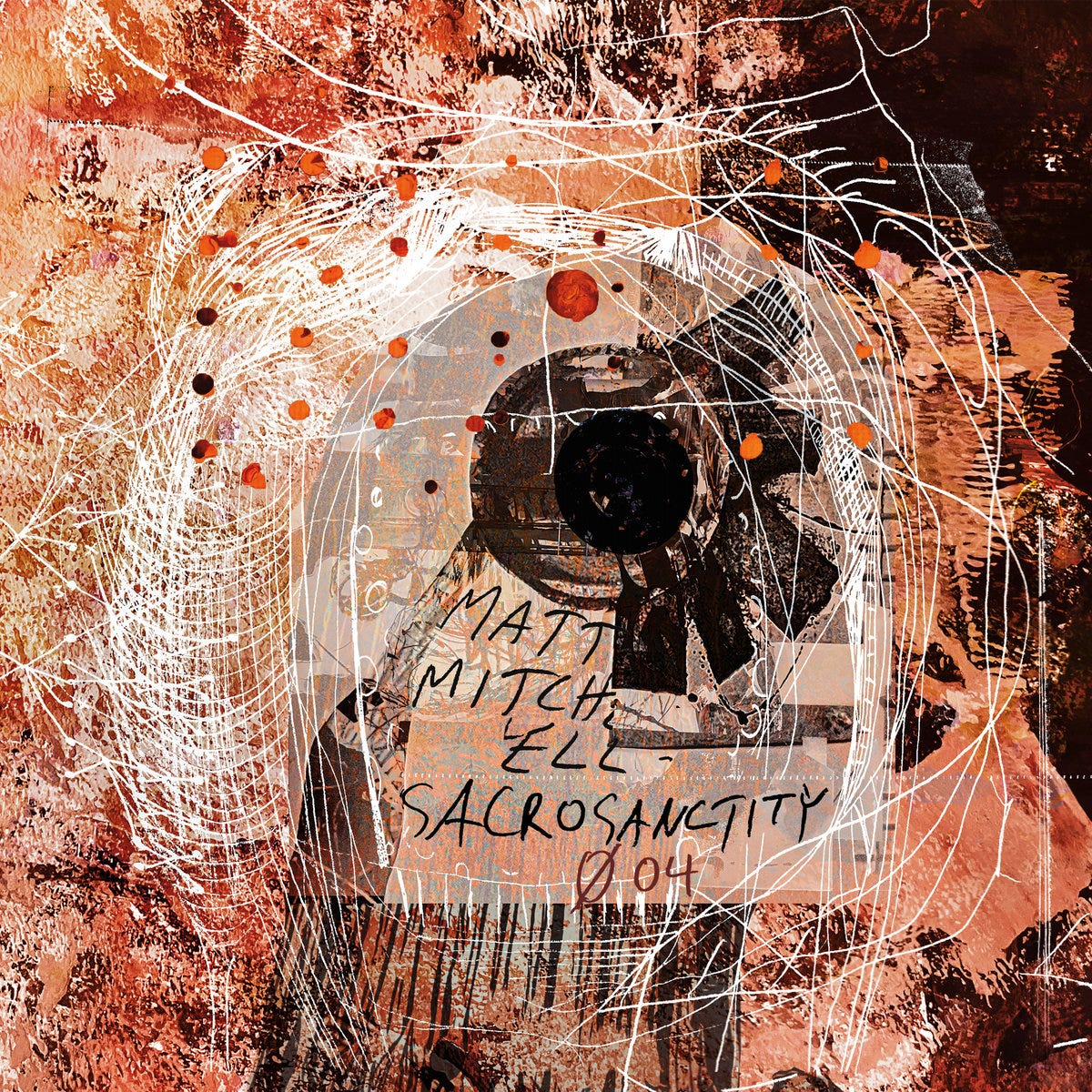With “gnomic,” I begin tumbling down the White Rabbit’s hole, on my way somewhere—perhaps to “a very important date.” Gently descending, slightly dissonant lines open the track. This is a solo piano album. “gnomic” is short, at 1:56, serving as a kind of introduction or preface, as I see it. But it could just as well be considered in itself, as its own work. “hibernaculum,” the next track, is long, at 17:14. It has a lot in common with “gnomic,” but I see it as more complex, with more chords while keeping single-note lines in a prominent place.
“hibernaculum” slows down, as if it’s in a state of hibernation, that low-activity period many mammals go through, especially our friendly bears (don’t pet the bears). Contrary to the teachings I was given when I was a child, this period of low activity involves these mammals getting up, out of their dens (for some of them), and moving around. So, “hibernaculum” rises and falls in tempo and activity. Parts of “hibernaculum” are dissonant, such as around the 12:00 mark, and other parts, such as around the 13:00 mark, are calm and consonant.
“glyph scrying” is a place Mitchell begins inserting low bass notes. The piece evolves into a dissonant upper register and periodic, sparse bass notes that are more harmonious. (As I revise this post, I realize it seems odd that a dissonant top line could be accompanied by a bass part that seems to harmonize with it.) Down, down it goes, into the bass register, and comes back up. It feels stormy around 6:35. Then, the upper register is a tour of color notes—and I’m going to venture the claim that it’s bebop-influenced; rapid, fairly straight eighths or sixteenths.
It may sound as if it would be easy to do what Matt Mitchell does on his solo piano albums. I don’t play piano, and so all I can do is imagine myself playing the way he does. But it’s not easy, I’m sure. As I listened to “skein tracing,” I thought about what it could be like to play the piece. The piece that follows, “thither,” is a lovely one where the top and bottom lines almost are the same, but there are flurries that differ between them, and perhaps more. There are also simultaneous, seemingly independent improvisions of single-note lines on the top and the bottom, as the piece develops. It’s as if there are two pianists.
I’m reading a book a friend gave me, The Listening Book: Discovering Your Own Music, by W.A. Mathieu, and last evening I read a section on listening to music that can be unpleasant at first or even painful because of its volume. Mathieu gives the example of the first time he heard a Bartok string quartet, at age nine. It sounds as if he was utterly devastated by it. Much music is “an acquired taste,” and I mean that in the sense that it comes from learning about how to listen and what to listen for—rather than the snide remark it often is, a disparaging remark about the music. I think Matt Mitchell is the first kind of acquired taste. Most people can’t ski black diamond slopes their first time on a mountain, and most people probably can’t bear listening to Mitchell’s music. I know the people around me can’t! I love it. Thank you for all your thought and effort, Matt Mitchell.
As always, happy listening!



